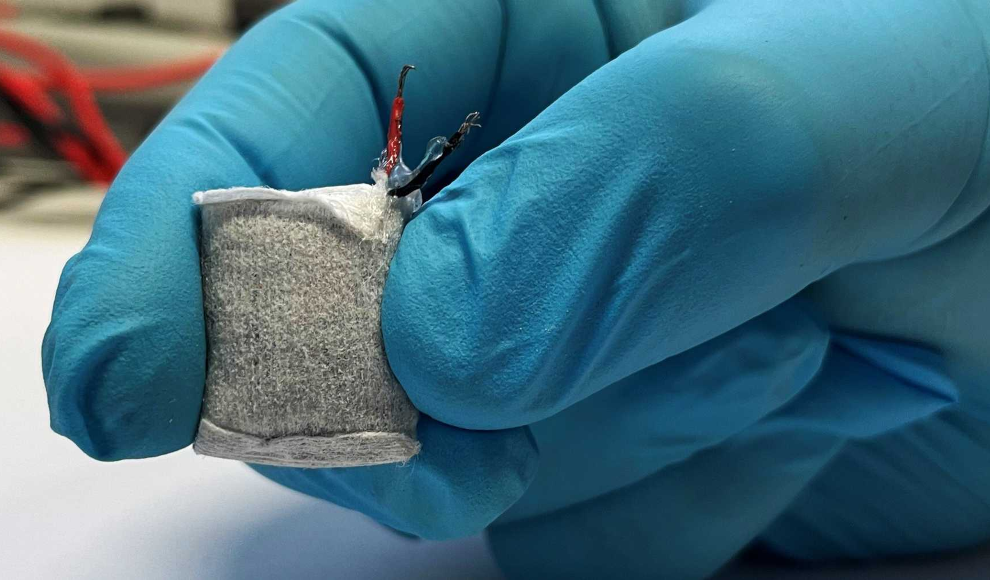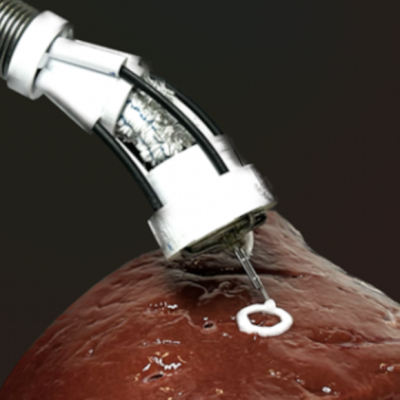Swiss researchers from the Eidgenössische Technische Hochschule Zürich (ETH) have developed a tiny fuel cell that can generate energy for implants and regulate blood sugar levels by using glucose in the body. Implants such as pacemakers are powered by batteries, which need to be replaced every five to ten years through surgery. To eliminate the need for these costly and invasive operations, scientists have been searching for alternative methods of energy supply. The fuel cell developed by the ETH team converts glucose electrochemically into electricity. The anode, made of copper-based nanoparticles, splits the sugar into gluconic acid and a proton, which sets the current flowing. The fuel cell’s casing is made of alginate, an algae product already approved for medical use. The fuel cell can be transplanted directly under the skin and absorbs body fluids, allowing glucose to enter the cell. The fuel cell has been tested only on mice with type 1 diabetes, but the researchers believe it could be used to treat diabetes in humans in the future.
The researchers were inspired to develop the fuel cell because glucose is often present in excess in the body. The fuel cell not only acts as a power source but also regulates blood sugar levels and insulin production. When the fuel cell detects excess glucose, it generates electricity, which is used to stimulate the release of insulin from beta cells. Once the insulin enters the bloodstream, the blood sugar level drops. When a certain threshold is reached, the fuel cell stops producing electricity, and the insulin release stops. The researchers believe that the system could be used to treat diabetes in the future, but it is still in the early stages of development. The ETH is seeking industrial partners to further research the fuel cell and its potential applications.
The development of the fuel cell is a significant breakthrough in the field of medical implants. It has the potential to eliminate the need for battery replacements and reduce the risk of complications associated with surgery. The fuel cell’s ability to regulate blood sugar levels and insulin production could also revolutionize the treatment of diabetes. However, further research is needed to determine the fuel cell’s safety and efficacy in humans. The ETH’s search for industrial partners is a crucial step in bringing this technology to market and improving the lives of people with medical implants and diabetes.










